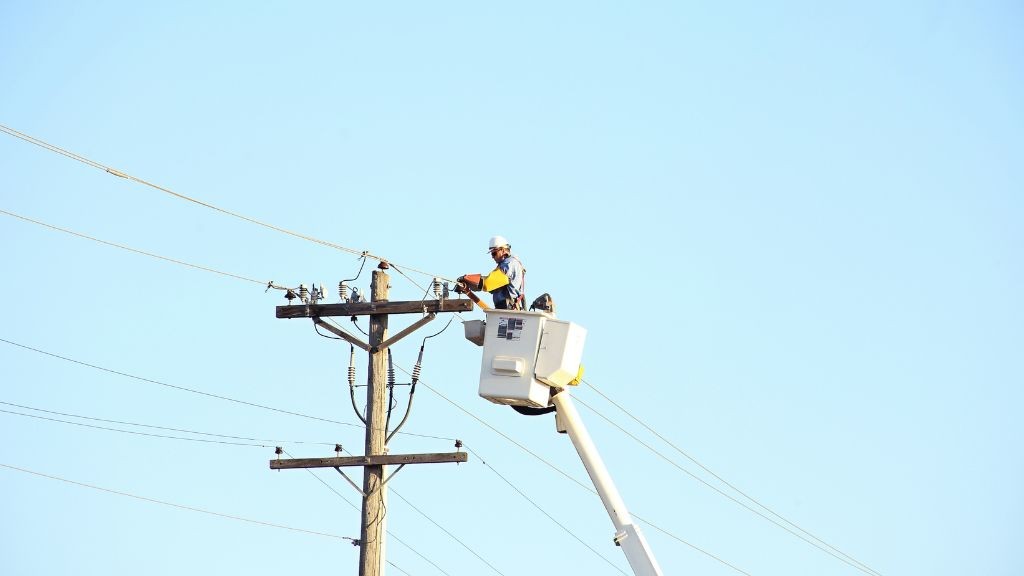If you are considering adding heavy iron and software to your fleet in the near future, you are keeping good company. A telematics benchmark report survey was conducted by Teletrac Navman, a telematics solutions provider, to identify construction telematics use around the globe, as well as to highlight best practices and common trends of professionals in construction, oil and gas, mining, aggregates and related industries. Of the 1,200 people surveyed, 88 percent identified themselves as part of the construction industry. Positions included owners, fleet managers, maintenance/equipment managers, site managers, general managers, operators and upper management.
The 2017 Telematics Benchmark Report: Global Construction Edition shows that more than 90 percent of companies plan to invest in their business in 2017 by upgrading fleets (45 percent); finding, retaining and developing talent (38 percent); and/or integrating new technologies and systems (34 percent). More than half of the organizations will be increasing the number of equipment/fleet size over the next year as a result of more demand for services (64 percent), replacing older equipment/vehicles (55 percent) and domestic growth (34 percent).
Notably, the use of telematics and technology in general is making strong headways into the equipment management culture. Of those surveyed, more than 80 percent said their organizations are already using telematics or plan to do so in the next year. Of those organizations, the majority - 75 percent - use telematics for equipment tracking, while 61 percent use it for tracking speed and 53 percent track the operator or driver's hours of service. Other uses are tracking distance travelled, monitoring operator performance, monitoring vehicle components for maintenance, tracking idling and reviewing fuel usage. Nearly four out of five of those surveyed said the benefits of using telematics can "quantify the revenue impact" of the cost of installing the technology.
The top benefits covered a variety of topics. For example, 59 percent found peace of mind knowing where vehicles and equipment are located. 39 percent of respondents saw improved operator behaviour, while 26 percent gained insight into vehicle performance and maintenance needs. They also found that scheduling of equipment was more efficient, time and cost savings were present, it was easier to meet environmental compliance requirements, and they had better information should an accident need investigation.
Mobile technology is well embedded into the respondents company culture, too. Eighty-one percent said they use their telematics system for more than two hours a day, while 57 percent provide mobile technology such as smartphones and tablets to their workers. Nine percent intend to provide workers with company communication equipment next year, and seven percent allow employees to bring their own devices and link to company systems. Emerging technologies of interest to respondents included fatigue monitoring (27 percent), machine vision technology (19 percent), drones (16 percent) and big data analytics (14 percent). Only nine percent of those asked thought autonomous/self-driving vehicles were the next big trend.
"The construction industry has long faced pressures to do more with less - more output with fewer resources - to meet customer demands, while also ensuring the safety of its workers and profitability of the business," said Rachel Trindade, global vice president of marketing, Teletrac Navman. "It's no easy task to balance these competing interests, which is why so many fleets are turning to modern technologies, such as telematics, to find efficiencies."



